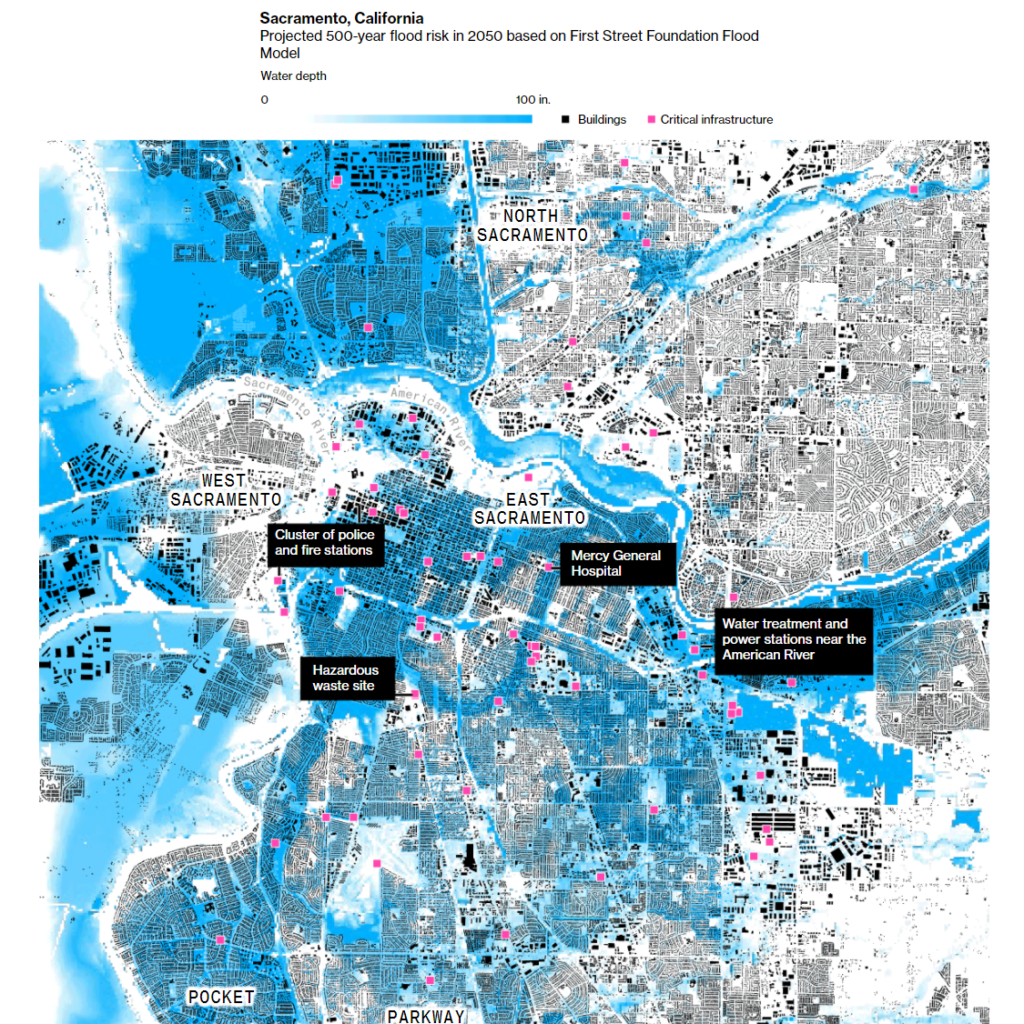Excerpt:
Mr. Toomey asked Jerry Theodorou of the R Street Institute, a conservative-leaning Washington-based think tank, how seriously Congress should look at paying repetitive loss claims. “Indeed, this is a very serious problem,” Mr. Theodorou said. “The numbers speak for themselves, to have such a small percentage of policyholders accounting for close to 40% of the claims dollars paid.”
The flood insurance program — which is the main provider of flood coverage in the U.S. and has issued more than five million policies — has paid out more money to property owners and other expenses than it has collected in premiums from policyholders since Congress created it in 1968. It collects about $4.6 billion in annual revenue from policyholders in premiums, fees and other charges, according to the Congressional Research Service.
Flooding ranks as the country’s most common natural disaster. Scientists predict floods will happen more frequently in neighborhoods that face new risk from rising sea levels and extreme rainstorms due to climate change.
Author(s): Katy Stech Ferek
Publication Date: 16 June 2022
Publication Site: Wall Street Journal
